
Making a low-carb pizza crust requires combining almond flour, low-moisture mozzarella cheese, cream cheese, and eggs to create a keto-friendly base. The ingredients are mixed and microwaved until melted, then rolled between parchment sheets to quarter-inch thickness. Pre-baking the crust at 350°F for 15 minutes guarantees a firm, golden foundation before adding toppings. Essential techniques like using parchment paper and preheating the baking sheet contribute to achieving the perfect pizza texture.
Key Takeaways
- Mix almond flour, mozzarella cheese, cream cheese, and eggs to create a keto-friendly pizza dough base.
- Roll the dough between parchment paper sheets to quarter-inch thickness and pre-bake at 350°F for 15 minutes.
- Pre-bake the crust before adding toppings to prevent sogginess and ensure a crispy texture throughout.
- Store unbaked dough in the freezer or pre-baked crusts in the refrigerator for up to three days.
- Top with sugar-free marinara, low-carb vegetables, meats, and cheese combinations for a complete keto pizza.
Essential Ingredients for Your Low Carb Pizza Base
Success in creating a delicious low carb pizza crust hinges on selecting the right combination of ingredients that can mimic traditional flour-based dough. The foundation of keto pizza recipes relies on almond flour or coconut flour as the primary dry ingredients, with almond flour preferred for its finer texture and superior crispiness.
Low moisture mozzarella cheese and cream cheese work together to create the essential binding texture, while eggs provide structure and additional protein content.
To enhance both flavor and consistency, bakers can incorporate supplementary ingredients such as baking powder for lift, garlic powder for taste, and psyllium husk for improved texture.
When selecting ingredients, prioritizing quality components, particularly the correct type of cheese and flour, guarantees the best possible outcome for a low carb pizza crust that satisfies both texture and taste requirements. Coconut flour, with its high fiber content, requires additional liquid to prevent density, making it a crucial consideration in low carb baking.
Step-by-Step Preparation Method
While creating a low carb pizza crust may seem intimidating at first, following a systematic preparation method guarantees consistent results. The process begins with preheating the oven to 350°F and preparing a lined baking surface with parchment paper. The dough comes together by combining mozzarella cheese, almond flour, cream cheese, and egg, which is then microwaved until melted. After achieving a uniform mixture, the dough is rolled between parchment sheets to a quarter-inch thickness. The vital step involves pre-baking the crust for 15 minutes until it becomes firm and slightly golden. For those seeking a high-fiber alternative, consider incorporating ingredients like zucchini noodles or cabbage noodles into the mix. The final phase includes adding pizza sauce and preferred low-carb pizza toppings, followed by a brief 5-minute bake to complete this easy to make, delicious alternative to traditional pizza crust.
Cooking Tips and Techniques for the Perfect Crust
Mastering the perfect low-carb pizza crust requires attention to specific cooking techniques and methods that enhance both texture and flavor. Pre-baking the crust for 8-15 minutes establishes a firm foundation before adding toppings, preventing sogginess. Using parchment paper or a silicone baking mat guarantees easy handling and prevents sticking during the cooking process. The addition of a binding agent, such as psyllium husk or eggs, markedly improves the texture and structural integrity of the crust. When working with low-carb flours like almond or coconut, each brings unique properties that affect the final product. To enhance crispness, preheating the baking sheet or pizza stone creates a superior cooking surface that promotes even browning and ideal texture development. Almond flour is a key ingredient in many low-carb recipes, offering significant nutritional benefits while keeping carb counts low.
Storage and Make-Ahead Options
The convenience of low-carb pizza extends beyond the initial preparation, with several practical storage and make-ahead options available. Pre-baked crusts can be stored in the refrigerator for up to three days or frozen for three months, separated by parchment paper to prevent sticking.
Low-carb pizza offers incredible flexibility, as pre-baked crusts keep fresh for days in the fridge or months in the freezer.
For ideal meal preparation flexibility, consider these storage methods:
- Freeze unbaked dough wrapped tightly for future pizza nights.
- Store leftover pizza in the refrigerator for up to four days.
- Freeze individual slices for up to six months for convenient portions.
When ready to enjoy make-ahead options, reheat slices in the microwave for 20-30 seconds or use the oven to restore crispness.
This systematic approach to storage guarantees that low carb pizza crust remains accessible for quick, healthy meals.
Topping Ideas and Serving Suggestions
Once a perfectly crafted low-carb pizza crust is ready, selecting appropriate toppings becomes essential for creating a satisfying and nutritionally balanced meal.
Classic keto-friendly toppings like pepperoni, mushrooms, and bell peppers provide flavor while maintaining low-carb standards. For the base, sugar-free marinara or pesto serves as an excellent sauce option, while mozzarella cheese offers the perfect melty texture expected in a traditional pizza.
Fresh herbs such as basil and oregano can enhance the taste profile, while adding healthy fats through nuts and seeds introduces a delightful crunch.
Experimenting with different cheese varieties, from sharp cheddar to creamy goat cheese, allows for diverse flavor combinations. When serving, consider offering red pepper flakes and garlic powder on the side for guests to customize their pizza experience.
For a unique twist, consider adding bacon-wrapped jalapeño poppers as a flavorful topping, combining the smoky taste of bacon with the spicy kick of jalapeños.
Frequently Asked Questions
How to Make Your Own Low Carb Pizza Dough?
Low carb pizza dough incorporates almond flour, coconut flour, or cauliflower crust mixed with cheese base and egg mixture. Psyllium husk, flaxseed meal, and zucchini dough provide alternative bases for keto toppings.
How Do You Reduce Carbs in Pizza?
Replace traditional flour with low carb ingredients like almond flour, coconut flour, or cauliflower crust. Use keto-friendly sauces, cheese alternatives, and vegetable toppings while employing proper baking techniques and portion control.
What Kind of Pizza Crust Has the Lowest Carbs?
Cheese-based crusts and meat crusts (chicken) contain virtually zero carbs. Other low-carb options include cauliflower crust, almond flour bases, coconut flour dough, portobello mushrooms, eggplant slices, and zucchini bases enhanced with nutritional yeast.
How to Make a Low Calorie Pizza Base?
Popular low-calorie pizza bases include cauliflower crust, zucchini pizza, almond flour dough, coconut flour blend, eggplant slices, mushroom caps, flaxseed meal mixture, chickpea dough, cheese base, and protein-focused alternatives.
Conclusion
Creating a delicious low-carb pizza crust opens up new possibilities for health-conscious pizza lovers. With these preparation methods and ingredient options, anyone can enjoy a satisfying pizza experience while maintaining their dietary goals. Whether choosing cauliflower, almond flour, or cheese-based crusts, proper technique and attention to detail guarantee success. By mastering these fundamentals and experimenting with various toppings, home cooks can craft pizzas that rival traditional versions without compromising their nutritional preferences.
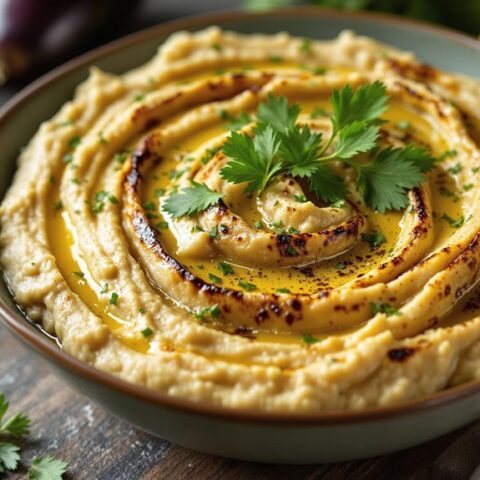
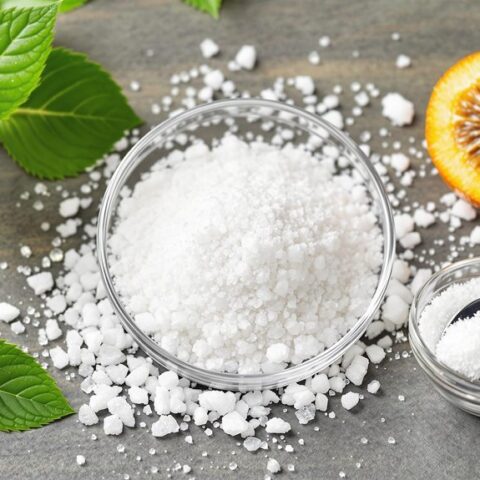
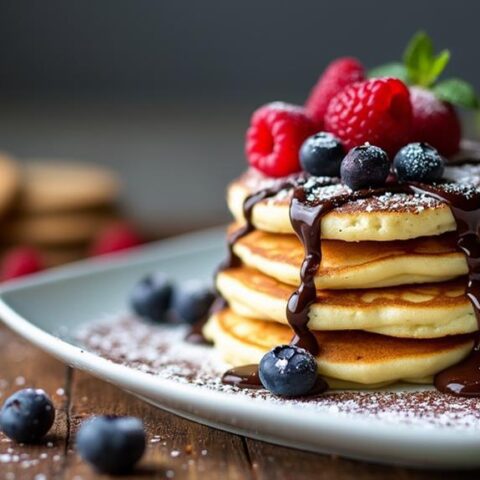
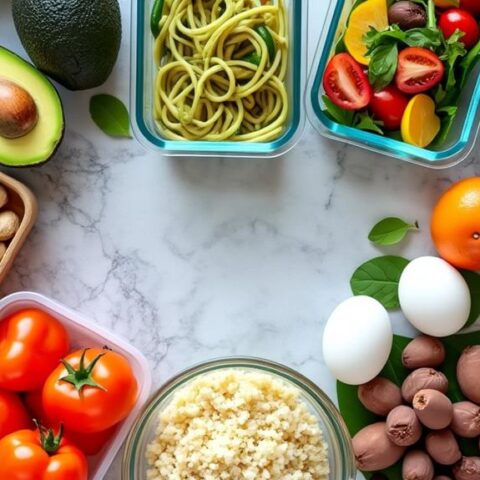

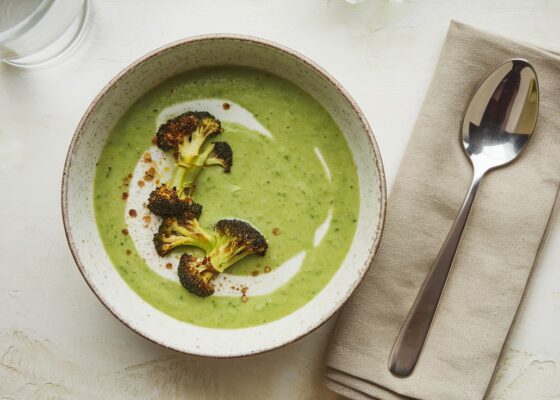

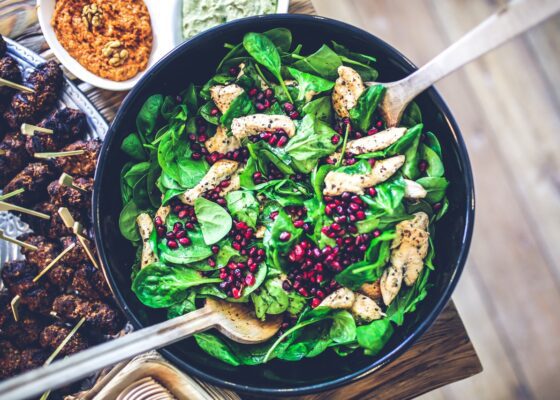
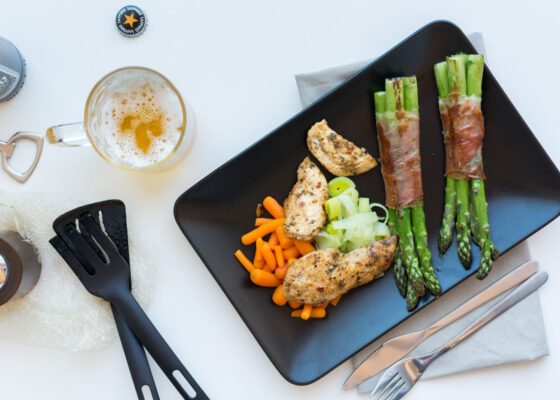
No Comments